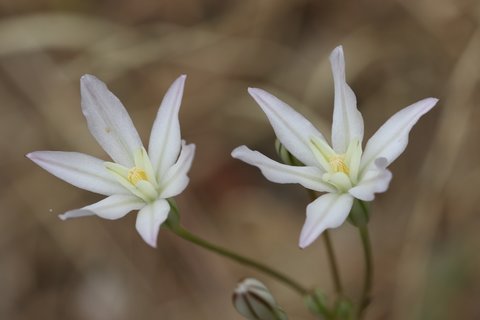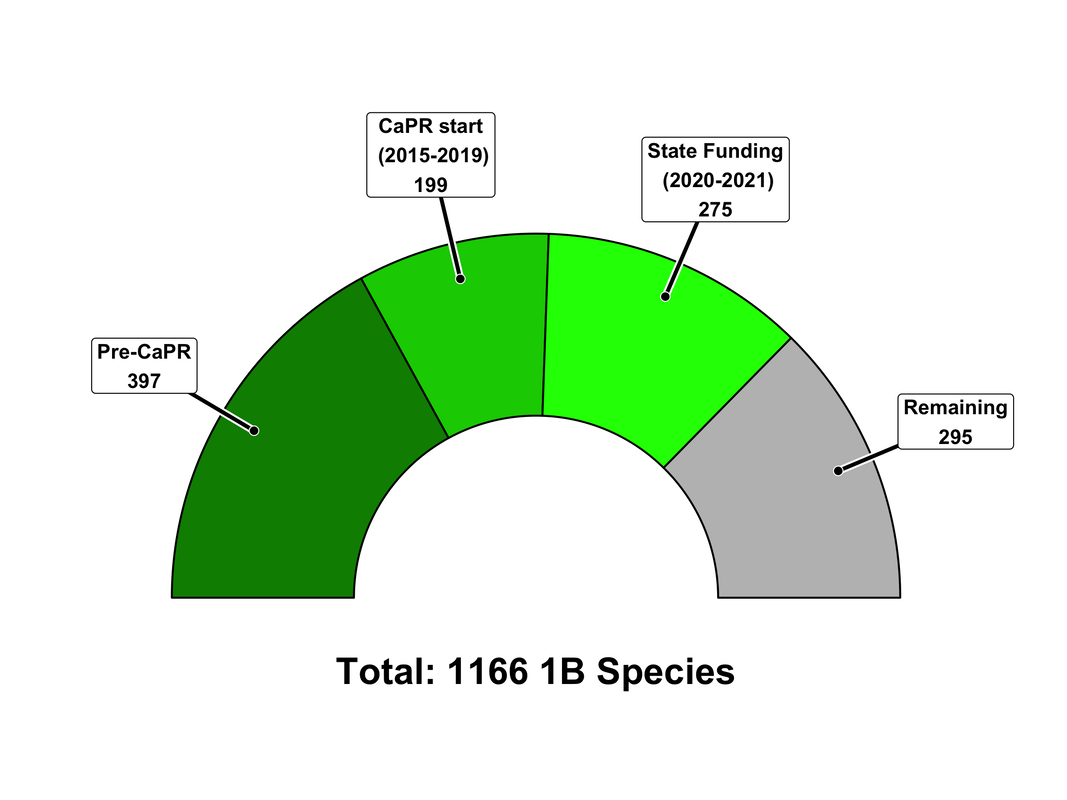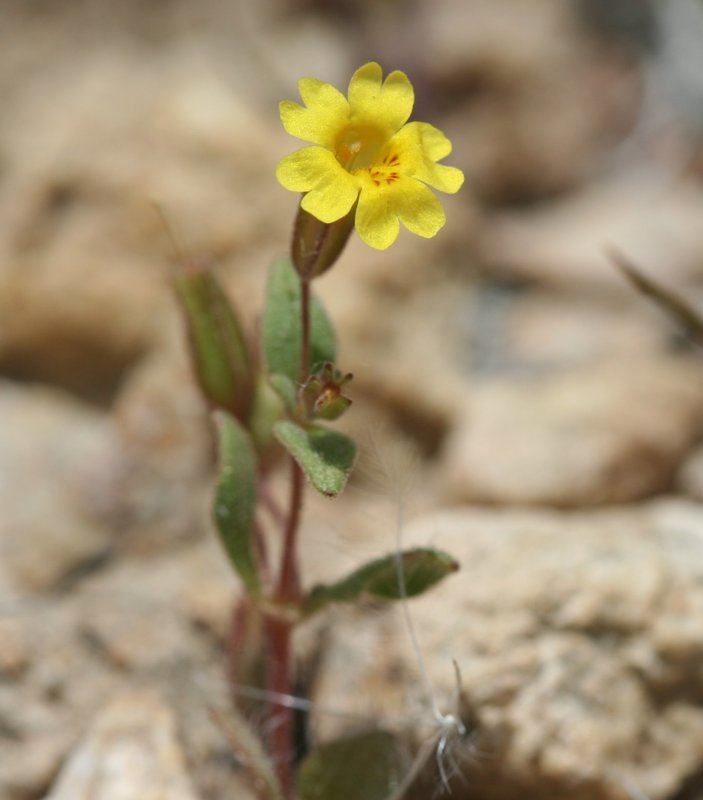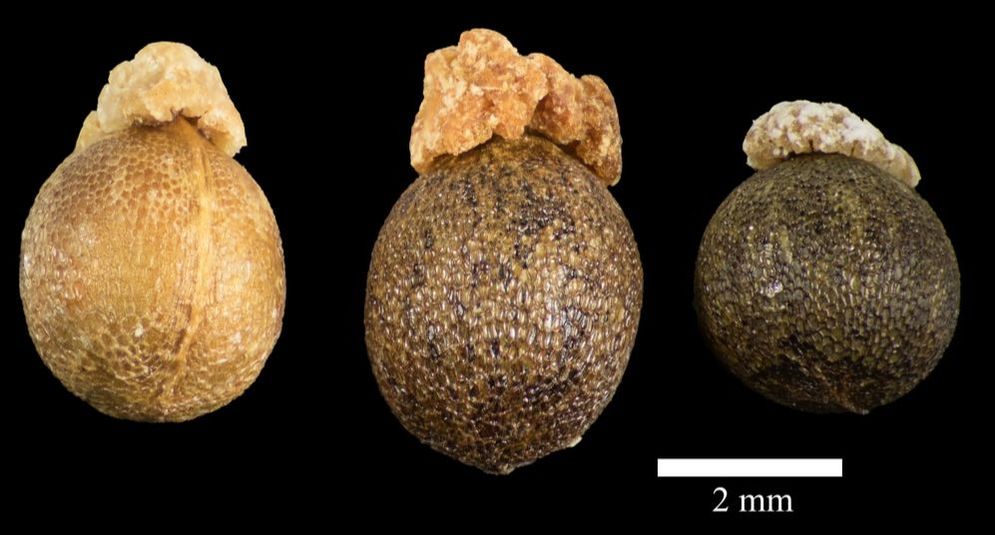-
The Need
-
The Goal
-
Our Successes
<
>
California is home to an incredible diversity of habitat types and natural areas, which host one of the most unique floras in the world - the California Floristic Province. The Province, spanning most of California (the areas with a Mediterranean climate), is an internationally recognized biodiversity hotspot, one of only 25 in the world. Over 6,500 plant taxa (species and subspecies) are native to California, around one third of which are found only in the California Floristic Province (known as endemic). Unfortunately, California's rich botanical diversity is also facing many threats, including: urban, natural resource, and agricultural development contribute to habitat destruction and fragmentation, non-native species, changing fire regimes, and a changing climate. As a result, 35% of the California's plant taxa have been recognized as rare or threatened by the California Native Plant Society's Inventory of Rare and Endangered Plants. Only through collaboration and communication can we efficiently and effectively conserve this great, and threatened, diversity.
|
CaPR partners each work to conserve rare plants. Little is known about many of California's rare plant species, and nearly all would benefit from increased monitoring and research, as well as from being represented in ex situ collections. Species with federal or state recognition as threatened or endangered are well represented in regional seed banks (71%), likely because there are funding mechanisms in place to support these struggling taxa. Yet, this is only a small number of the species in need of ex situ conservation. When considering all of California's rare plant taxa, only 23% are represented in banks. Furthermore, many of the species that are collected are only represented by one or a few populations. Ideally we strive to conserve representative samples of all populations of a species' to conserve its genetic diversity. To accomplish more efficiently and effectively, the botanical institutions need to work collaboratively to share information and set priorities. |
Read the journal article, written by staff at our member institutions, on the status of and need for rare plant seed collections of in California.
| Seed banking California’s rare plants (Meyer, et al., 2014) | |
| File Size: | 923 kb |
| File Type: | |
The partners of California Plant Rescue are all working towards the over-arching goal to secure the future of California’s native flora by collecting seeds of California native plant species for long term preservation in regional seed banks (ex-situ conservation), and to record information from wild populations to support information needed for land management efforts (in-situ conservation). The CaPR collaboration helps the partners communicate effectively and build collective capacity.
Through CaPR, we are working to secure and preserve seeds for all California native plant taxa, but our current work prioritizes those that are rare, threatened, or endangered. Specifically, our initiative has the goal to conserve all species ranked as rare and threatened in California (1B rankings in the CNPS Inventory of Rare and Endangered Plants) that can be conventionally seed banked. This goal aligns with, and surpasses, the Strategy for Plant Conservation as developed by the Convention for Biological Diversity to conserve 75% of the rarest species.
Through CaPR, we are working to secure and preserve seeds for all California native plant taxa, but our current work prioritizes those that are rare, threatened, or endangered. Specifically, our initiative has the goal to conserve all species ranked as rare and threatened in California (1B rankings in the CNPS Inventory of Rare and Endangered Plants) that can be conventionally seed banked. This goal aligns with, and surpasses, the Strategy for Plant Conservation as developed by the Convention for Biological Diversity to conserve 75% of the rarest species.
|
To achieve this collection goal, we strive to leverage our collective resources and communicate with each other regarding our conservation activities. The partners work cooperatively to determine priorities and needs, especially for special status species. We designate species responsibility to ensure coordination on species occurring within the purview of multiple institutions and to prevent overcollection.
We look to expand partnerships, conduct workshops, and generally expand the collection-making capacity within California. To this end we also work cooperatively in seeking new funding opportunities. |
Our progress towards rescuing the botanical diversity of California and Baja California is not measurable in species and plant taxa alone. We have been working to build our membership and degree of collaboration as well as adding capacity to individual institutions. Our joint funding efforts have rewarded us with a pending Traditional Section 6 Recovery Grant through California Department of Fish and Wildlife and the U.S. Fish and Wildlife Service. Individual institutions have also had successes in increasing their resources for ex situ conservation. We have built a database to better communicate our collection progress and changing priorities and targets. All of this helps us to work efficiently to conserve California's plants.
Plant Conservation Achievements 2015-2021
|
Since the formalization of CaPR with the signing of the Memorandum of Understanding by our member institutions, we have made progress in many areas. CaPR partners have added staff, acquired new tools and equipment to improve seed processing and storage, recruited new volunteers, and of course made new collections. Partners have conducted several seed collection workshops and engaged the public through lectures to increase support for ex situ conservation as an important conservation and management tool.
In 2019, CaPR received funding from the State of California to bank the rare and threatened flora of the state. Since then, our collection efforts have surged. We have also been able to secure infrastructure which improves our curation of the collected seeds. Read more about our successes with this funding in our 2020 and 2021 reports.
Collection Progress |
Annual Reports
| ||||||||||||||||||||||||||||||
Collections List |
Conservation in Action
Our institutions work hard in the field and at our facilities to conserve the plants of California. Each of the pictures below depicts part of our work: making new ex situ collections or exploring the biology and ecology of a wild population. To find out if a species you are interested in has been conserved in an ex situ collection, search our collections list or view select photos of California's diverse botanical heritage.






